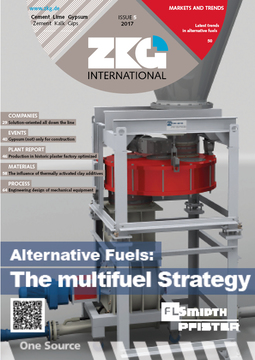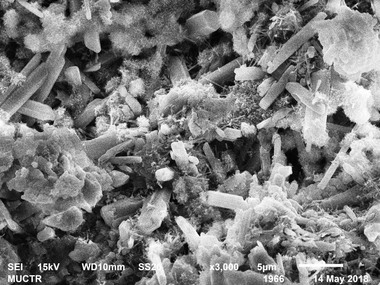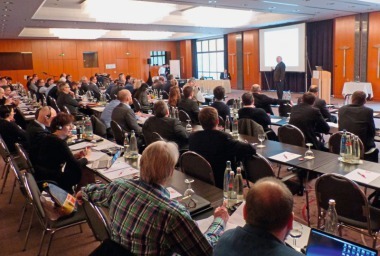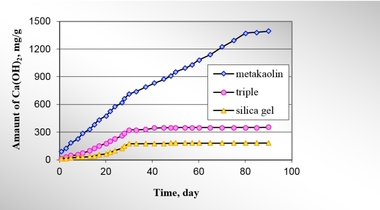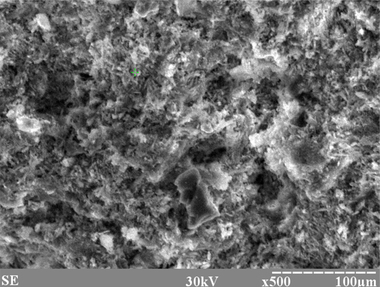The influence of thermally activated clay additives on the properties of composite gypsum binder
The studies conducted in this work show a high efficiency of the application of thermally activated clay as an active mineral additive for the production of composite gypsum binders. When introduced into the composition of the composite gypsum binder as active mineral additives, thermally activated clays in the required quantities with specific surfaces 200 and 500 m²/kg increased the compressive strength of the binder by 5 and 13 % respectively; the softening coefficient was increased up to 0.9 and 0.94 (water-resistant binders) compared with control samples.
Finding affordable and locally accessible effective pozzolanic additives is a current problem. Solving this problem would enable an increase in the economic and environmental attractiveness of the production and use of cement and gypsum binders. In relevant research, the presence of thermally treated clays in the composition of mineral binders, mortars and concretes on their basis has been determined in ancient buildings and structures. In recent years, researchers in several countries have conducted work aimed at substantiating the possibility of using affordable and locally accessible...

![1 Kinetics of CaO absorption by active mineral additive: CaO concentration in the solution for: 1–5 days aging; 2–7 days agingSpecific surface of thermally activated clay [m2/kg]: a–200; b–300; c–500; d–800](https://www.zkg.de/imgs/tok_c85fc42a5bb1e064e7c6b9b1db19f375/w300_h200_x400_y335_106312224_3cfb1d971c.jpg)
![2 The influence of thermally activated clay additive on basic physical and mechanical properties of the composite gypsum binder:a – average densityb – compressive strengthc – water absorption by massd – water resistanceSpecific surface of thermally activated clay [m2/kg]: 1–200; 2–500](https://www.zkg.de/imgs/tok_c9962581839cb2af618502fe1e61a7a7/w300_h200_x400_y313_106312187_f53e3f507a.jpg)
